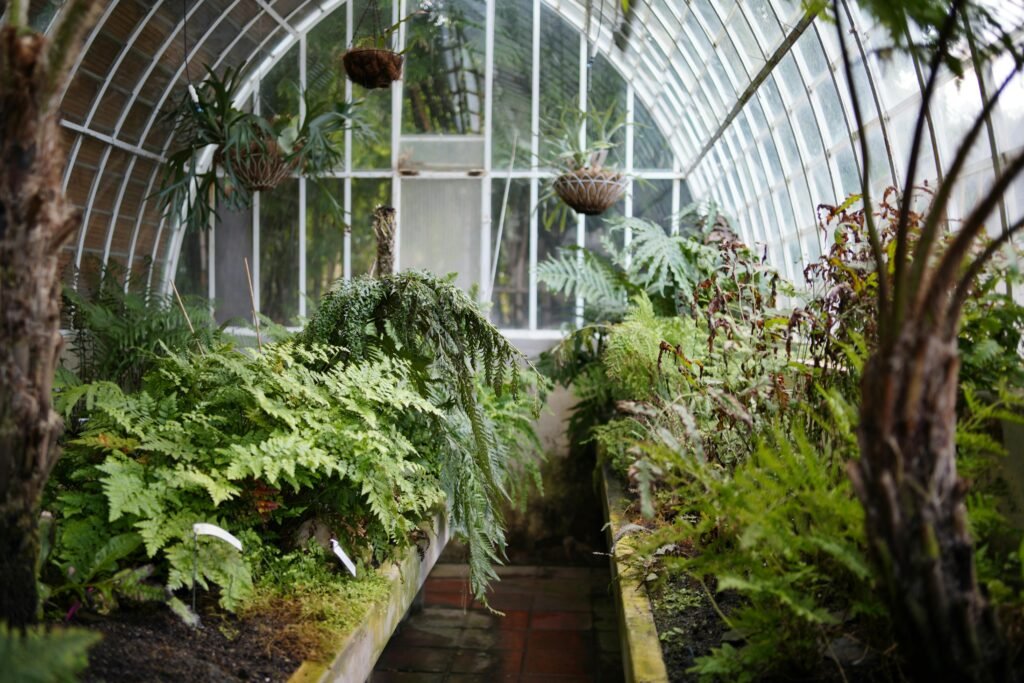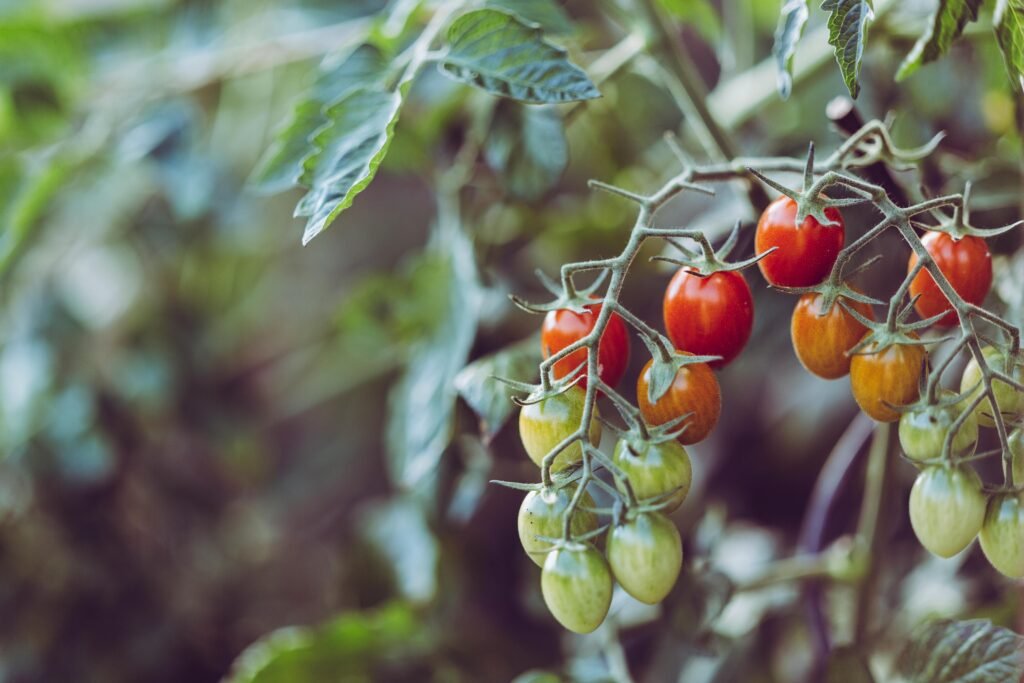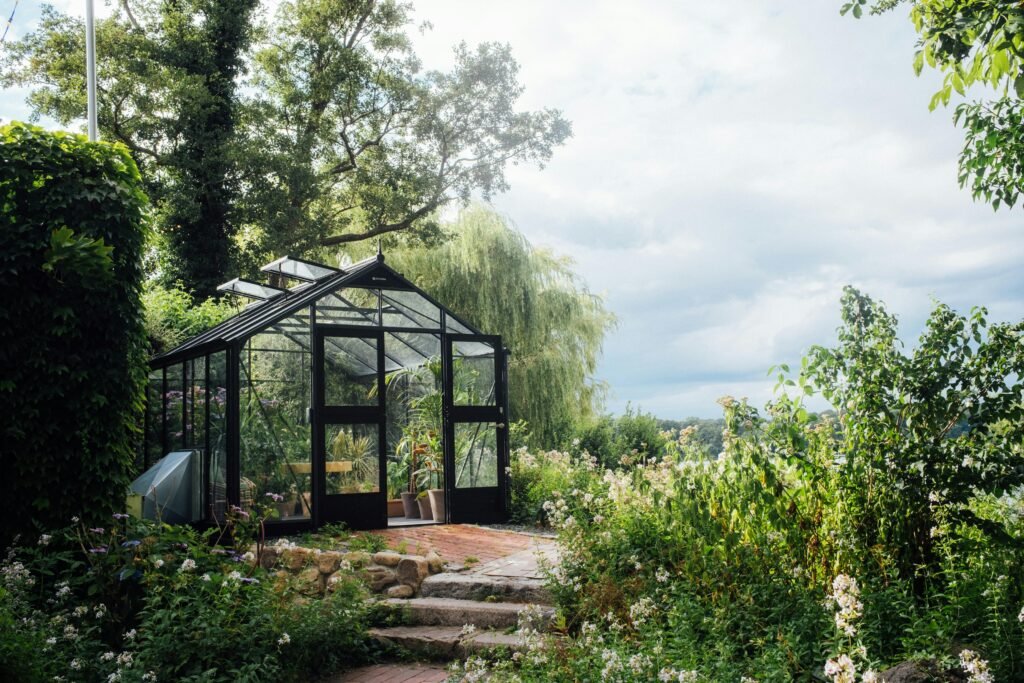Hello, friends! One of the greatest joys of homesteading is growing your own food. Wouldn’t it be wonderful to enjoy fresh veggies and herbs beyond the usual spring and summer months? The good news is—you can! By using greenhouses, you can extend your growing season and harvest fresh produce well into the cooler months (and sometimes year-round!).

Why Extend Your Growing Season?
Let us explore why extending your growing season is such a great idea. As homesteaders, we put a lot of work into our gardens, and being able to harvest fresh food for a longer period is incredibly rewarding. Here are a few reasons why you might want to consider using a greenhouse:

- More Fresh Produce: By extending your growing season, you can enjoy fresh vegetables and herbs long after your neighbors have packed up their gardens for the year. You’ll have access to homegrown food for a larger part of the year, which means fewer trips to the grocery store!
- Better Seedling Start: Greenhouses allow you to start seeds earlier in the spring, giving your plants a head start before it’s warm enough to plant them outside. This means you can enjoy earlier harvests of crops like tomatoes, peppers, and cucumbers.
- Grow More Varieties: When you extend your growing season, you can experiment with crops that require a longer growing period or those that don’t tolerate extreme temperatures well. You’ll have more flexibility to grow delicate or unusual plants that might not thrive in your climate.
- Protection from Weather: Greenhouses protect plants from frost, heavy rain, wind, and even pests. This extra layer of protection helps ensure that your hard work in the garden pays off!
What Are Greenhouses?

A greenhouse is a larger, more permanent structure made of a transparent material (usually glass or plastic) that creates a controlled environment for growing plants. Greenhouses trap heat from the sun and maintain a warmer temperature inside, allowing you to grow plants year-round, even in cold weather.
Why Use Greenhouses?

- Extended Growing Season: Greenhouses allow you to grow a wider variety of plants year-round, including heat-loving crops like tomatoes, peppers, and cucumbers. You can also start seedlings earlier in the spring and keep plants growing into the winter.
- Climate Control: Greenhouses give you more control over the growing environment. You can add heaters, fans, and even irrigation systems to create the perfect conditions for your plants.
- More Growing Space: Greenhouses offer significantly more space than cold frames, allowing you to grow larger crops, more plants, or even set up raised beds or container gardens inside.
What Can You Grow in a Greenhouse?
In a greenhouse, the possibilities are almost endless! You can grow:

- Heat-loving vegetables (tomatoes, peppers, cucumbers)
- Leafy greens (spinach, lettuce, kale)
- Herbs (basil, oregano, thyme)
- Fruit trees (lemons, limes, figs)
- Flowers and ornamentals (geraniums, orchids, succulents)
A greenhouse allows you to grow plants that wouldn’t normally thrive in your climate, giving you more options for fresh food throughout the year.
How to Set Up & Use Greenhouses

If you’re ready to take your growing season to the next level, a greenhouse is the way to go. Here’s what you need to know to set up and use a greenhouse effectively:
Setting Up Greenhouses:
- Size and Location: Choose a greenhouse size that fits your space and gardening goals. Greenhouses come in all sizes, from small walk-in structures to large, commercial-sized greenhouses. Place your greenhouse in a sunny spot, ideally facing south or southeast, to capture as much sunlight as possible.
- Material: Greenhouses can be made from glass, polycarbonate, or plastic sheeting. Glass is durable and long-lasting, but polycarbonate or plastic options are more affordable and provide good insulation.
- Ventilation and Heating: Proper ventilation is key to supporting a healthy growing environment. Greenhouses can overheat quickly, so be sure to install vents, windows, or fans to allow air circulation. You can also add heaters or heat mats if you’re growing plants during the colder months.
Using Greenhouses:

- Temperature Control: To extend your growing season successfully, you will need to monitor the temperature inside the greenhouse. During the day, temperatures can rise quickly, so ventilation is essential. At night, especially in winter, you may need to use a space heater or heat lamps to keep temperatures from dropping too low.
- Watering and Humidity: Greenhouses trap heat and moisture, which means you will need to monitor humidity levels and water your plants as needed. Consider setting up a drip irrigation system or using self-watering containers to keep the soil consistently moist.
- Pest Management: While greenhouses protect your plants from many outdoor pests, they can still become breeding grounds for bugs like aphids and whiteflies. Keep an eye out for pests and use organic pest control methods, such as introducing beneficial insects or using neem oil.

Greenhouses: Is It Right for You?
You may be wondering if a greenhouse is a workable choice for your homestead. The answer depends on your goals, space, and budget. Here is a quick comparison to help you decide:
- Pros: Year-round growing, climate control, more space, suitable for a wider variety of plants.
- Cons: Expensive, requires space and maintenance.
- Best For: Homesteaders who want to grow plants year-round, grow heat-loving crops, or have more control over the growing environment.
Enjoy a Longer Growing Season

Greenhouses allow you to protect your plants, experiment with different crops, and gain more self-sufficiency on your homestead.
So, if you have ever felt the sadness of the growing season ending, now is the perfect time to start setting up a greenhouse.
How do you keep your garden going strong year-round?



One Response